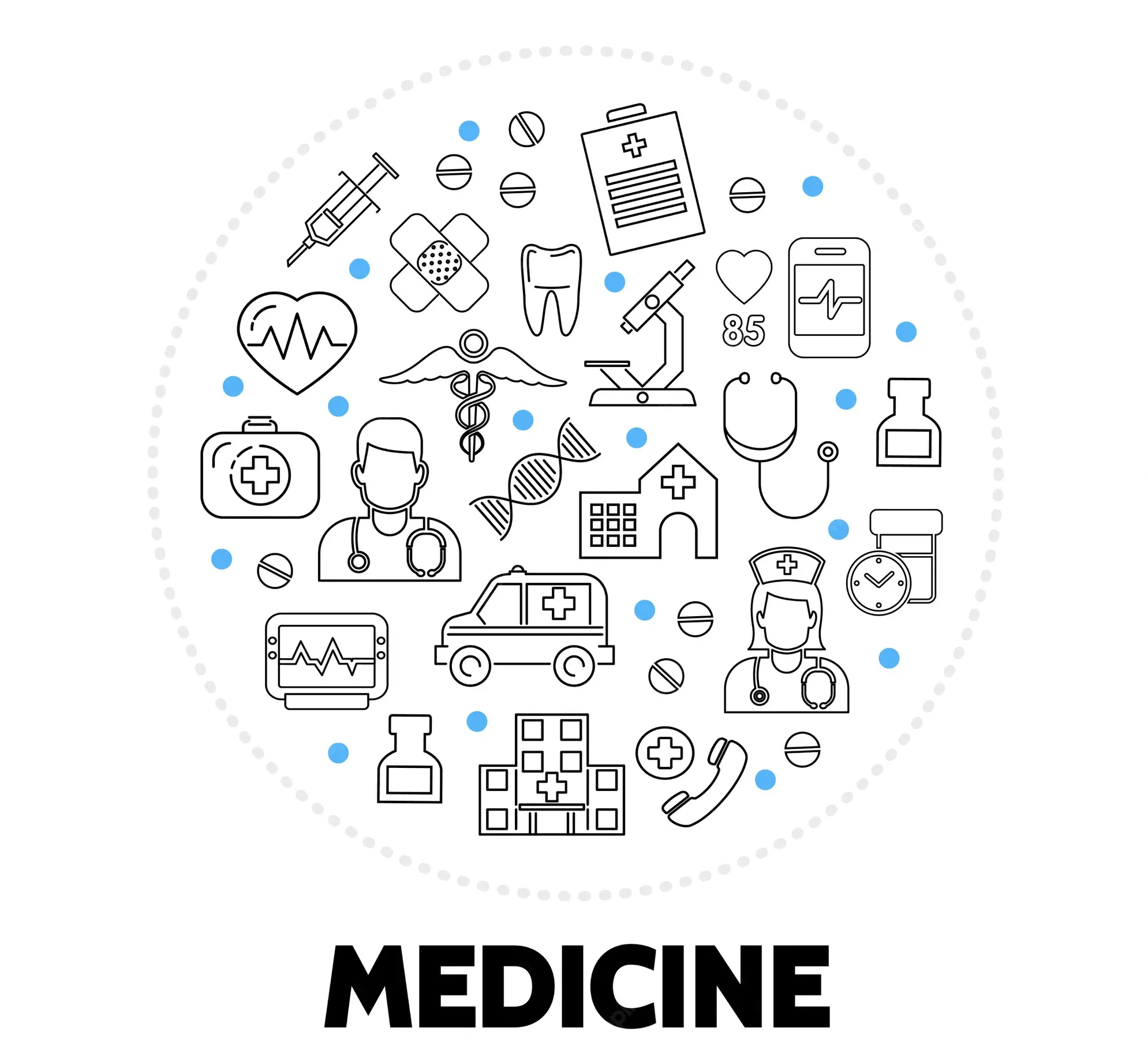Bohr Atomic Models Books
Atomic Physics and Radioactivity
Author: PHY UI
School: University of Ibadan
Department: Science and Technology
Course Code: PHY101
Topics: Atomic Physics, Radioactivity, alpha decay, Beta decay, Gamma Decay, radioactive decay rate, Artificial Radioactivity
Galad atomic and nuclear physics material
Author: NA Galadima, Galad
School: University of Ilorin
Department: Science and Technology
Course Code: PHY142
Topics: atomic structure, electrons, wave particle, electronics, nuclear physic
ATOMIC AND NUCLEAR PHYSICS Complete lecture note
Author: Orosun
School: University of Ilorin
Department: Science and Technology
Course Code: PHY142
Topics: Atomic physics, Nuclear physics, WAVE-PARTICLE DUALITY OF LIGHT, PHOTOELECTRICITY, COMPTON SCATTERING
Author: PHY
School: University of Ilorin
Department: Science and Technology
Course Code: PHY142
Topics: Atomic structure, Atom
Public Relations Models Used in Solving Community Relations Cases
Author: Ngozi Okeibunor
School: Benson Idahosa University
Department: Administration, Social and Management science
Course Code: MAC317
Topics: Public Relations Models, race model, research, Transfer Process Model, Two-Way Symmetric Model, RICEE Model, IPCM Model, PPCRD Model
Communication Models for the Study of Mass Communications ,2nd edition
Author: Denis Mcquail, Sven Windahl
School: University of Ibadan
Department: Arts and Humanities
Course Code: CLA104
Topics: communication models, personal influence, mass communication, media organization, planned communication, new media, information scoiety, planned communication, international communication
Introduction to Syntactic Models
Author: BA Okolo
School: National Open University of Nigeria
Department: Arts and Humanities
Course Code: ENG221
Topics: Syntactic Models, language structure, English syntax, syntax analysis, Traditional Grammar, Traditional Grammar critique, Finite State Grammar, Phrase Structure Grammar, lexicon, phonology, syntax, semantics, Syntactic Component, Syntactic Rules, Parts of Speech, parsing, Concatenation, words, words relationship
Foundation chemistry Access chemistry
Author: AO Oyewale, FM Folarinmi
School: National Open University of Nigeria
Department: Science and Technology
Course Code: CHM001
Topics: elements, compounds, atomic theory, chemical reaction, atom constituents, chemical symbols, chemical formulae, chemical reactions, chemical equations, electronic configuration, atomic number, mass numbers, nuclear atom, electronic, energy levels, Ion formations, nuclear reactions, radioactivity, nuclear radiations, nuclear fusion, nuclear fission, radioactivity hazards, chemical bonding, electrovalent bonding, Ionic bonding, electrovalent compounds, covalent bonding, covalent compounds, coordinate covalent bonding, dative covalent bonding, metallic bonding, intermolecular bonding, Van der Waal's forces, dipole-dipole attractions, hydrogen bonding, periodic table, periodic law, transition elements, atomic orbital model, principal quantum number, subsidiary quantum number, azimuthal quantum number, magnetic quantum number, spin quantum number, atomic orbital shape, atomic size, ionic radius, ionization energy, electron affinity, electronegativity, mole concept, melting, vaporization, boiling point, evaporation sublimation, heating graphs, cooling graphs, Boyle's law, Charles's law, Avogadro's law, boiling, solid classification, solid properties, molecular solid, metallic solid, Ionic solid, covalent solid, energy changes, heat content, heat of reaction, exothermic reactions, energy level diagrams, standard state, thermochemical equations, entropy, entropy change, free energy, chemical kinetic, rate of a chemical reaction, temperature, gas pressure, catalyst, activation, reaction rate, collision theory, Le Chatelier's principle, Haber process, contact process, salt hydrolysis, buffer solutions, common Ion effect, solubility product, Acid bases, salt, electrolysis, redox reactions, electrolytic conduction, oxidation, reduction, copper purification, electroplating, quantitative hydrolysis, metal corrosion, iron rusting, carbon, carbon allotropes, Diamond graphite, amorphous carbon, combustion reactions, industrial gas chemistry, metals, alloys, chemical industry, heavy chemicals, fine chemicals, fertilizers, plastics, soaps, detergents, pharmaceuticals, Nigerian chemical industry, aromatic compounds, Alicyclic compound, heterocyclic compound, homologous series, functional groups, isomerism, structural isomerism, geometric isomerism, IUPAC Nomenclature of organic compounds, purification methods, distillation, crystallization, chromatography, empirical formula, molecular formular, alkanes, natural gas, petroleum crude oil, benzene, fractional distillation petrol quality, cracking, isomerization, petrochemicals, alkanols, alkanoic acid, alkenoate, fat, oils, amino acid, polymer chemistry, polymerization processes, condensation polymerization, resins, natural polymers, carbohydrates, proteins, synthetic polymers, water pollution
Periodic properties of the atoms of an element
Author: CHM112 FUTMINNA
School: Federal University of Technology, Minna
Department: Science and Technology
Course Code: CHM112
Topics: electronic configuration, atomic orbitals, orbital diagram, Aufbau principle, Hund's rule, shielding effect, effective nuclear charge, diamagnetism, paramagnetism, Bohr's theory, Bohr model, correspondence principle, De broglie wavelength, De broglie equations, uncertainty principle, hydrogen atom, Schrodinger equation, classical praticles, quantum particles, Quantum numbers, Azimuthal Quantum Number, principal Quantum Number, Spin Projection Quantum Number, Pauli Exclusion Principle, Exclusion Principle, Physical Phenomena, covalent bonds, covalent compounds, Ionic Compounds, Hybridization, Pi bond formation, Pi bond, ethylene bonding
Author: Gyuk Musa
School: National Open University of Nigeria
Department: Science and Technology
Course Code: PHY202
Topics: atomic structure, atomic models, charge quantization, mass spectra, Bohr’s model of an atom, Hydrogen Spectra, electronic configuration, Magnetic Moment, Magnetic Dipole Moment, Electron Spin, Pauli’s Exclusive Principle, X – Spectra, Wave–Particle Duality, Radioactivity, binding energy of nuclei, Nuclear Structure, Nuclear Stability, Radioactivity, Radioactive series, Accelerators, detectors
Departments

Administration, Social and Management science

Agriculture and Veterinary Medicine

Arts and Humanities

Education

Engineering

General studies

Law

Medical, Pharmaceutical and Health science

Science and Technology